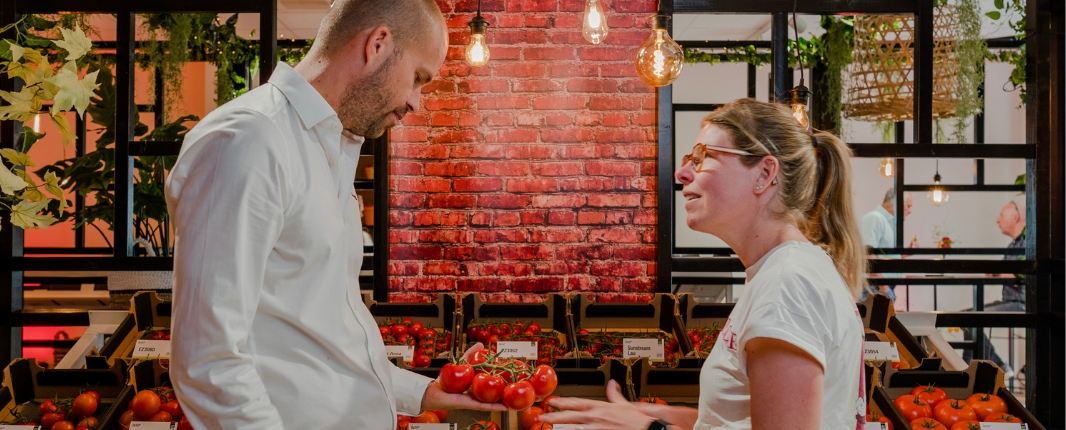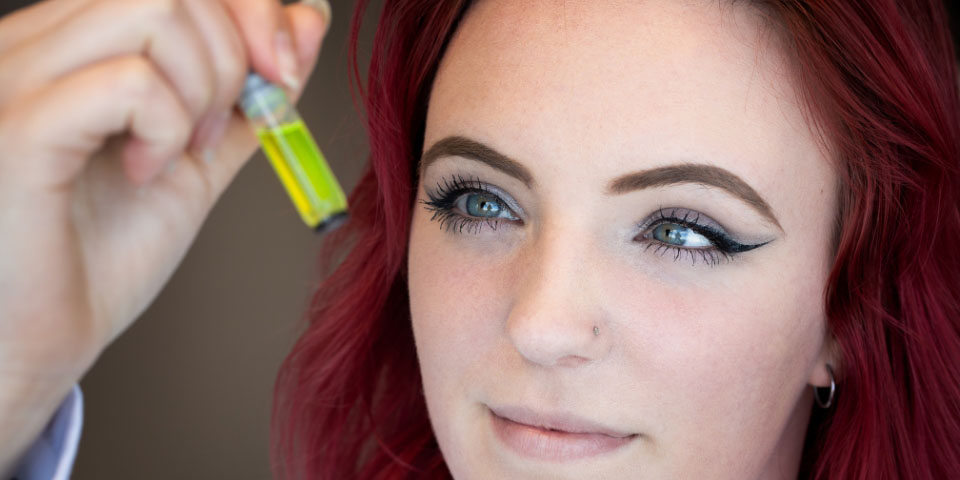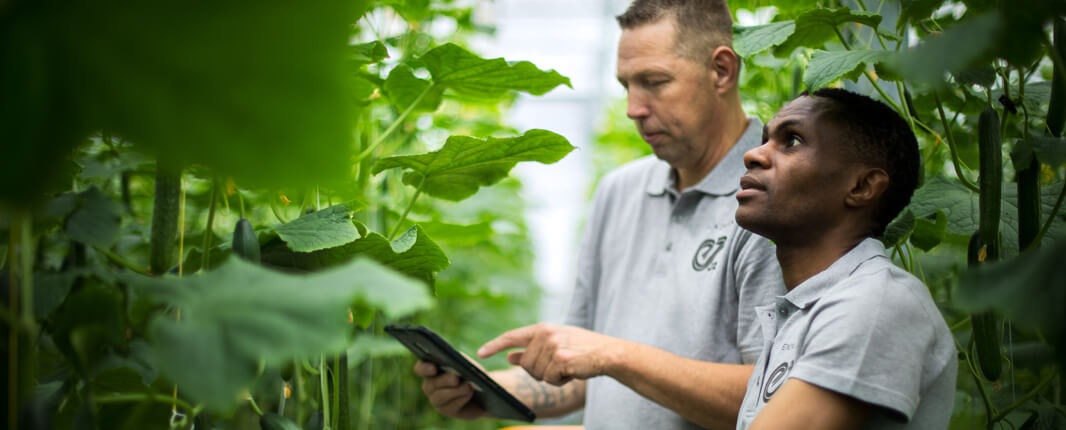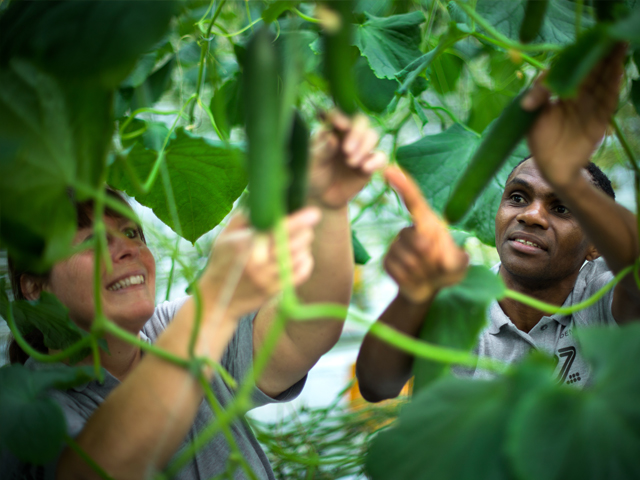
Content

It takes a long time to develop a new vegetable variety. At least six years, to be precise. Ever wondered how it all works? Then just read on.
Every new variety starts off with in-depth research. What will the consumer want on their plate in the future? What will retailers, wholesalers, or processors be looking for? And what variety or concept will offer growers the most benefits? Our research looks at resistances, growing methods, and climate conditions – but also at taste, size, shape, and eating occasion. We constantly keep our eyes open to spot the latest trends and developments worldwide and work closely with all the links in the supply chain.

Now it's time to combine new and existing knowledge with creativity and advanced technologies. We keep on crossing and selecting until we have a product ready for testing in step 3. And because we work with techniques such as molecular marker analysis, we save a substantial amount of time in our breeding process. That’s why our researchers can determine what traits a plant has and whether it’s a good candidate for further crossing already by one of its first tiny leaves.

If all the research and breeding work delivers a promising contender, the experimental variety then undergoes extensive testing. How will it react in different growing and climate conditions? What are its strengths and weaknesses? It’s all about the survival of the fittest: only the varieties that pass these tests with flying colours will go on to the next round. And it’s only once all the traits we are looking for come together that the variety is registered commercially and it’s time to celebrate the arrival of a new star in the vegetable heavens.

The seeds of our new prime performer are then produced on a large scale by farmers we work with all over the world. After that, the bulk of the seed comes back to our base in Enkhuizen in the Netherlands. Using ingenious machines and technologies, we dry and sort the seeds and remove any dirt and irregular seeds from each batch. Then it’s time for the very last check. In our laboratory, we assess germination, varietal purity, and health, and only the highest quality seeds make it through our quality control. Sometimes seeds are also post-treated to improve them even further.

After processing and extensive controls, the new variety is market-ready. The seeds are packed and shipped to our many branches and distributors all over the world for further distribution. Almost four million packs are sent out across the globe every year!